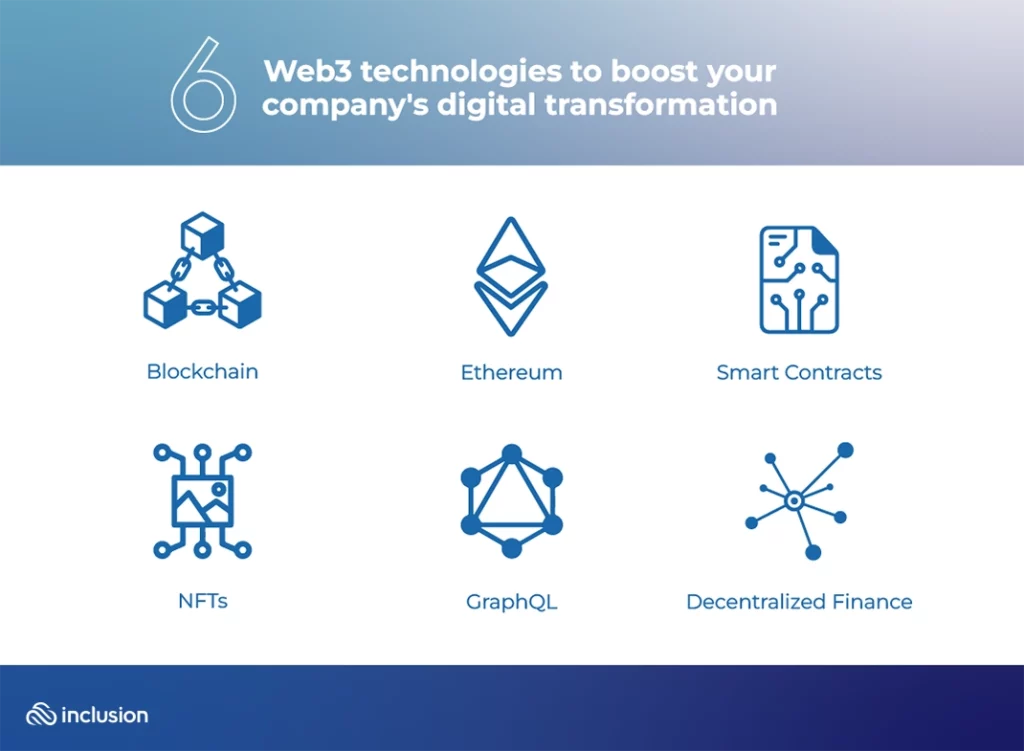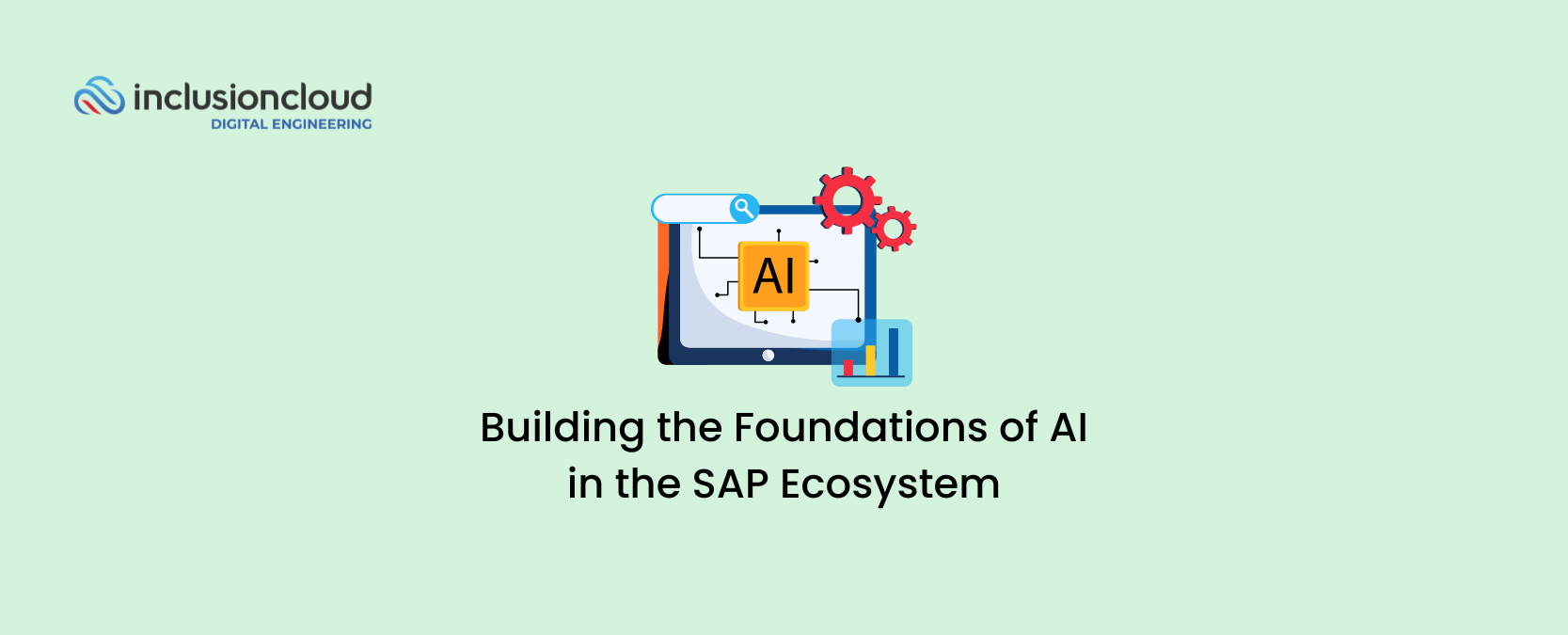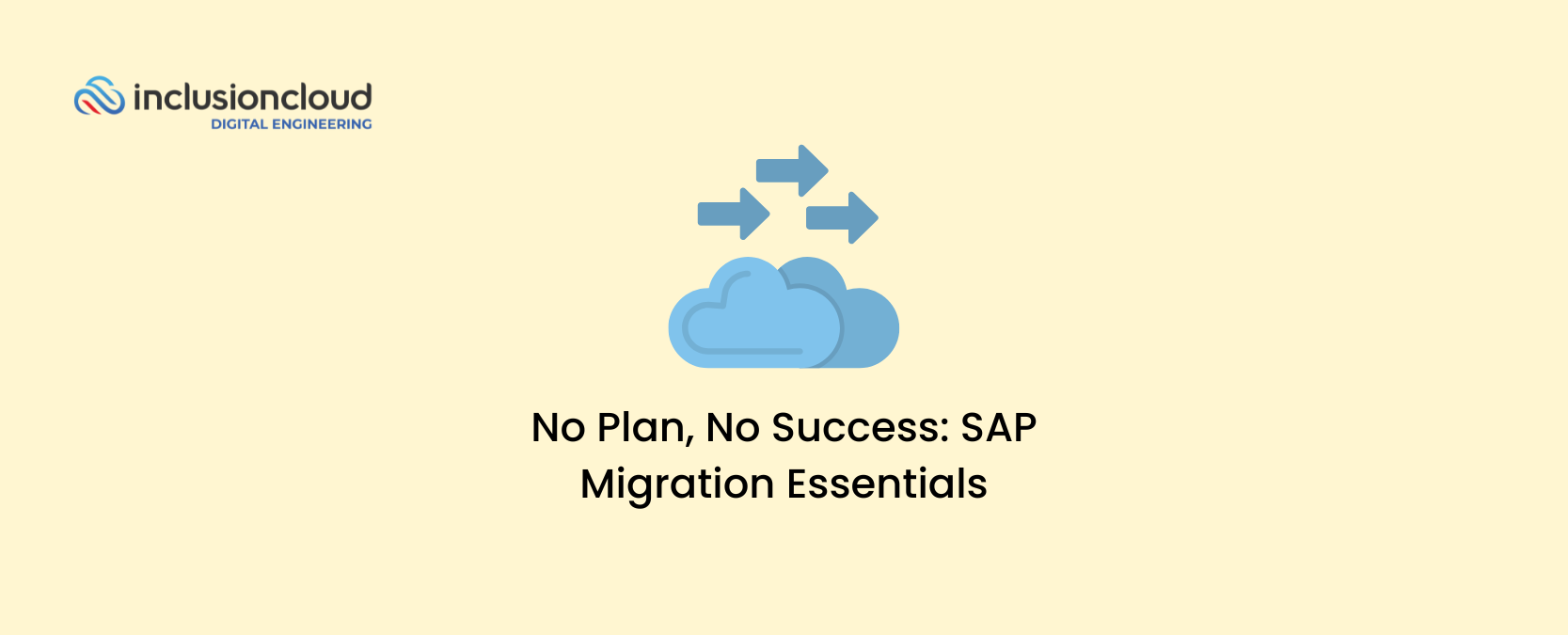Web3 is a trendy term these days. You’ve probably already read and discovered something, but let’s agree on one thing: What matters is not so much what Web3 is, as it is how Web3 can influence business. For this reason, in this article, we will define Web3 briefly and then recommend 6 technologies with which you can improve your business.
Web3 is a new way to conceive the Internet
To begin with, Web3 alters the way we think about the Internet. In essence, it is about moving from a centralized to a decentralized system. Centralization has aided in the onboarding of billions of people to the World Wide Web and in the development of the stable, robust infrastructure that supports it. At the same time, a few centralized entities have a stronghold on large swaths of the World Wide Web, unilaterally deciding what should and should not be allowed.
Web3 is the solution to this dilemma. Instead of being dominated by large technology companies, Web3 embraces decentralization and is built, operated, and owned by its users. It empowers individuals rather than corporations.
Before we get into Web3, let’s take a look at how we got here.
The Three Stages of the World Wide Web
Web 1.0
‘Web 1.0’ occurred between 1990 and 2004. It consisted primarily of static websites owned by businesses, and there was little to no interaction between users–. Individuals rarely produced content, –leading to it being designated the read-only web.
Web 2.0
The Web 2.0 era began in 2004 with the introduction of social media platforms. Instead of being read-only, the web has evolved to be read-write. Instead of providing content to users, companies began to provide platforms for sharing user-generated content and engaging in user-to-user interactions. As more people went online, a few top companies began to control a disproportionate amount of the web’s traffic and value.
This web also gave birth to the advertising-driven revenue model. While users could create content, they did not own it or benefit from its monetization.
What’s coming: Web 3.0
The term “Web 3.0” or Web3 was coined by Ethereum co-founder Gavin Wood shortly after Ethereum launched in 2014. Gavin articulated a solution to a problem that many early crypto adopters perceived: the Web demanded far too much trust. That is, most of the Web that people know and use today is based on trusting a few private companies to act in the public’s best interests.
Web3 has become a catch-all term for the vision of a new, better internet. At its core, Web3 employs blockchains, cryptocurrencies, and NFTs to return ownership to users. Web1 was read-only, Web2 is read-write, and Web3 will be read-write-own.
We realize that discussing cryptocurrency is a delicate subject. But although there was a decline in crypto in the final months of 2022, the potential of Web3 should not be underestimated. While there are very real risks from this nascent technology and its uses, applications for the next generation of the internet continue to spring up in a growing number of industries with potentially transformative effects.
What Web3 technologies are most beneficial to your business?
Web3 is still in its early stages, which means that there are many more technologies besides the ones listed below. However, the six technologies we present are the most popular and advantageous today.

Blockchain
Although it all began with Bitcoin, blockchain and Web3 technology have grown to be far more than a single project. Blockchain has applications in the supply chain, healthcare, media, and advertising, among many others.
In a nutshell, blockchain is a distributed peer-to-peer database (or in other terms, a ledger). Data is distributed among all network computers. If that doesn’t sound very privacy-friendly, don’t worry; it’s all anonymous and encrypted, with no central authority in between.
Businesses can store and transfer records more securely by utilizing blockchain networks with built-in encryption. Rather than renting space in a data center, this can sometimes be a cheaper way to store data.
Ethereum
Ethereum, one of the most widely used blockchain technologies in the Web3 tech stack, hosts most of the decentralized applications critical to Web3. Currently, Ethereum has the most users and is used as a digital payment system, an environment for metaverse development, and anything programmable.
Ethereum, like other cryptocurrencies, is built on blockchain technology. Imagine a long chain of blocks. Each block’s information is added to each newly created block with new data. An identical copy of the blockchain is distributed across the network.
This blockchain is validated by a network of automated programs that reach an agreement on the validity of transaction information. The blockchain cannot be modified unless the network reaches a consensus. This makes it very secure.
A consensus mechanism, also known as an algorithm, is used to reach an agreement. Ethereum employs the proof-of-stake algorithm, in which a network of participants known as validators create new blocks and collaborate to verify the information they contain. The blocks contain information about the state of the blockchain, a list of attestations (a validator’s signature and vote on the validity of the block), transactions, and much more.
Anyone can use Ethereum to develop any secure digital technology. It has a token designed to pay for work done to support the blockchain, but participants can also use it to pay for tangible goods and services if accepted. Ethereum is intended to be scalable, programmable, secure, and decentralized.
To buy and sell ether, investors can use one of the many cryptocurrency exchange platforms. Ethereum is supported by dedicated crypto exchanges such as Coinbase, Kraken, Gemini, Binance, and brokerages such as Robinhood.
Smart Contracts
Smart contracts are pieces of code that execute and perform the actions required to complete an agreement between two parties without the use of any intermediaries. Once deployed, these contracts are tamper-proof, secure, and unchangeable. The terms of the open-source agreement are accessible to both parties at any time. Smart contracts are the backbone of Web3 because of this ability.
They are typically used to automate the execution of an agreement so that all participants are immediately certain of the outcome, with no intermediary involvement or time loss. They can also automate a workflow, triggering the next action when certain conditions are met.
At a glance, you can see its benefits: When a condition is met, the contract is immediately fulfilled. Because smart contracts are digital and automated, there is no paperwork to process and no time spent reconciling errors that frequently occur when manually filling out documents.
Furthermore, because no third party is involved and encrypted records of transactions are shared among participants, there is no need to question whether information has been altered for personal gain.
Blockchain transaction records are encrypted, making them very difficult to hack. Because each record on a distributed ledger is linked to the previous and subsequent records, hackers would have to alter the entire chain to change a single record.
NFTs
An NFT, or non-fungible token, is a unique token on the blockchain that contains information that only the NFT’s owner has access to. They frequently represent ownership of a specific asset, such as art, music, game items, and so on.
With NFTs, users will have far more control over their own content as Web3 evolves. They will be able to sell their content directly through peer-to-peer marketing, rather than going through a third-party service.
Instead of relying on middlemen, NFTs enable artists to mint and sell their work directly. The use of non-fungible tokens also ensures that the creator directly owns their content, with ownership enshrined in a smart contract on the blockchain.
This ownership is assigned when someone mints an NFT from an Ethereum smart contract. Once minted, a new block on the blockchain that adheres to NFT standards is created to store information about the asset. That means NFTs can be freely traded on any ETH marketplace or sent to ETH-compatible wallet addresses.
GraphQL
Because blockchain data is stored on a global network of nodes, querying it is understandably complicated. This problem is addressed by GraphQL, which provides a unified interface of open-source APIs that can be used to query multiple blockchains.
The GraphQL engine can deliver data by sending parallel requests to multiple disparate distributed backend systems. This often results in better performance because various requests can be avoided.
DeFi: Decentralized Finance
Decentralized Finance (DeFi) aims to revolutionize how we transact with one another as one of blockchain’s real-world use cases. DeFi is powered by smart contract-based decentralized applications that facilitate blockchain-based transactions between individuals without needing a third party (like a bank).
Almost every major financial function now has a decentralized counterpart: stablecoins pegged to traditional currencies, decentralized exchanges that allow lending, borrowing, and swapping between two currencies, incentives for depositing your tokens, and more.
What’s the best part? DeFi transactions are processed by algorithms that are transparent, trackable, and secured by the entire blockchain network, rather than just a centralized entity (like a bank).
A promising future in Web3
Web3’s immense worth and social impact are undeniable, and it will only grow exponentially. There are practical approaches brands can take to boost their operations amid the noise and risks. It is an exciting new prospect in the world of the internet, with vast opportunities for businesses, particularly in its early stages.
We can assist your company in navigating a digital transformation toward the promising future that Web3 offers. Contact us, and we will gladly provide you with all the assistance you require for your business.





